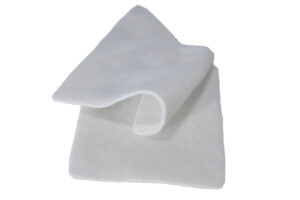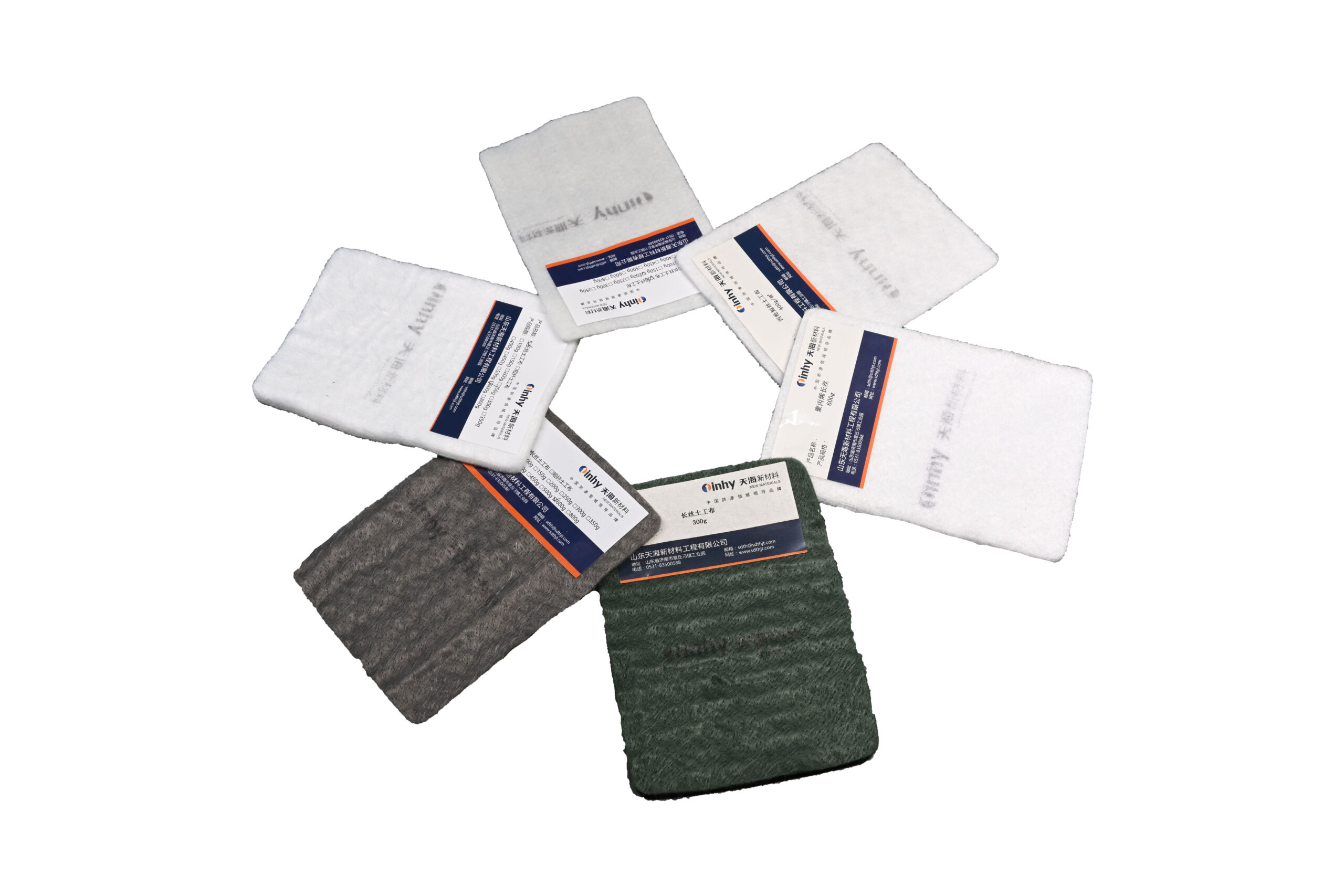The installation method of geotextiles will vary according to specific application scenarios and engineering requirements.

Four installation methods of geotextile
Laying method: Fully expand the geotextile to cover the surface or structure that needs to be protected, reinforced or separated. Make sure the geotextile is laid flat and close to the surface of the ground or structure to maximize its effectiveness. It should be noted that the geotextile should try to avoid damage or distortion during the construction process.
Fixing method: In order to ensure that the geotextile remains stable during use, it is usually necessary to take appropriate fixing measures. This can be done by securing the geotextile to the ground with anchors, staples, ground nails or other fixing devices. It can also be fixed with weights or covered with other materials.
Joint treatment: If multiple geotextiles need to be joined together, joint treatment is usually required. This can be achieved by methods such as welding (hot or cold), sewing, gluing or using connectors. The purpose of joint treatment is to ensure continuity and sealing, and to prevent loosening and water leakage.
Auxiliary materials: During the geotextile installation, some auxiliary materials may be required to enhance the effect of the geotextile. For example, use ground nails or fixing equipment to fix the edge of the geotextile, use fill or filler to tightly fix the geotextile on the ground, or lay a protective layer on top of the geotextile, etc.
Operating specifications: Before installing geotextiles, carefully read and follow the relevant operating specifications and recommendations, including the installation guide provided by the manufacturer. This will ensure the correct installation style and technique to achieve the desired engineering and performance.
Author
-

Founded in 2002, Tinhy's team focuses on the manufacturing, marketing, installation, application and research and development of geosynthetic materials.
View all posts




